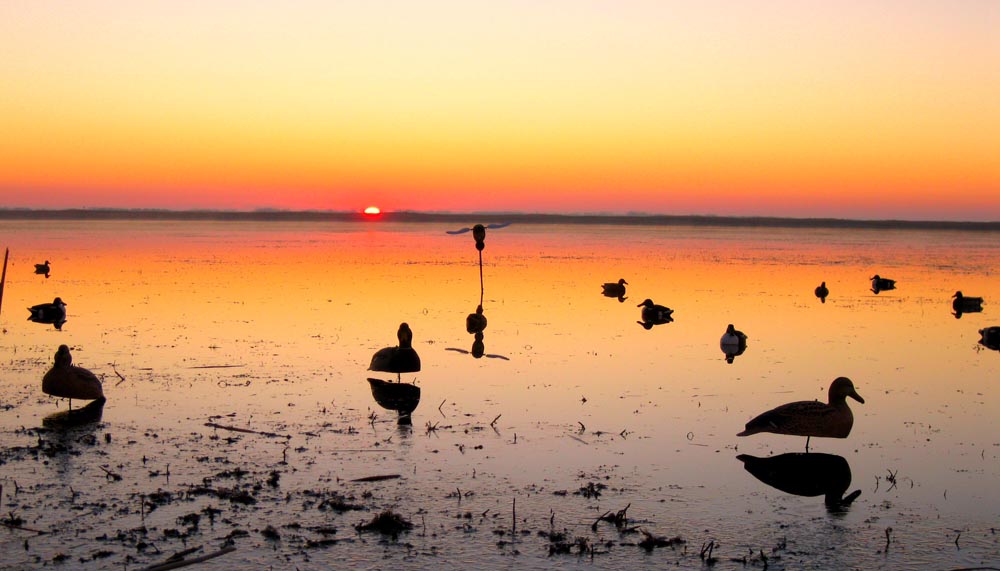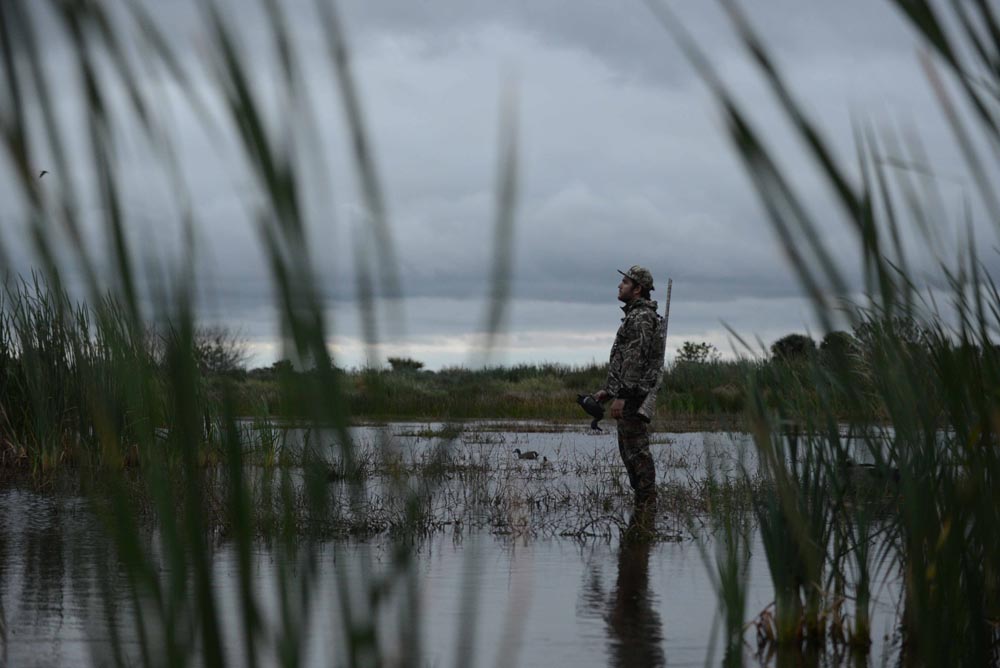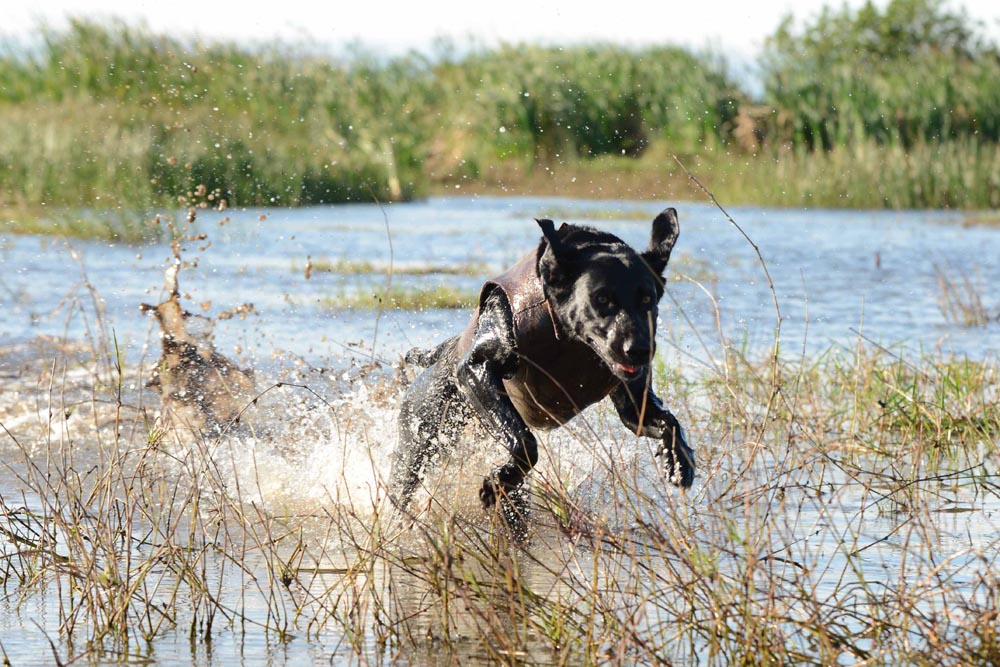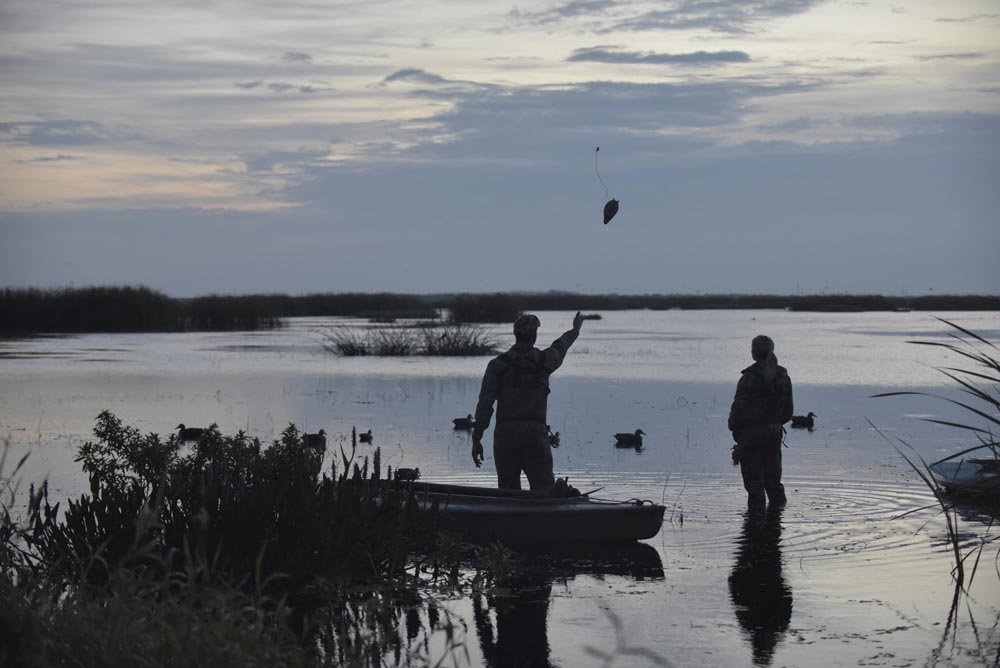Marketing for Public Support
What is it?
Communication strategies to maintain and increase public support for hunting and shooting sports are different that those to recruit and retain participants. This chapter provides insights and strategies for communicating with the broader public. It will not address attracting individuals to those activities. We cover that in the Marketing to Recruit, Retain, and Reactivate Participants chapter.
Why is it important?
Hunting and shooting sports are often misunderstood and criticized by the non-participating public. This can slow or prevent interested individuals from taking their first steps toward the activities or, worse yet, spawn efforts to oppose the activities altogether. Unfortunately, changing the attitudes of the non-participating public is extremely difficult and expensive. This chapter offers insights and ideas about the topic.
The resources in the table below represent the current public opinion on hunting and shooting sports in America.
2023 Americans’ Attitudes toward hunting, fishing, sport shooting and trapping
This report makes use of trend data collected by Responsive Management since 1995 and explores how Americans’ attitudes towards hunting, fishing, trapping, and shooting sports have changed through 2023.
Why Public Opinion of Hunting Matters
Short “American Hunter” article on why public support of hunting is important.
How can your organization help its practitioners?
- Provide awareness training (e.g., Conservation Leaders for Tomorrow, etc.) to your staff to ensure they understand the role of hunting and shooting sports in conservation.
- Ensure your R3 Team (and all staff with public-facing responsibilities) are aware of non-participant sensitivities when communicating about hunting and shooting sports. (You could added this to internal R3 training programs as referenced above).
- Avoid allocating resources to broad “awareness campaigns” unless they are the only way to achieve specific communication objectives.
- If you do attempt an “awareness campaign”, be sure to provide adequate funding for media and production expenses.
- Make sure your R3 team has access to marketing staff and/or can hire a marketing firm.
- Make sure your communications team understands social media, marketing, media buying, and public relations, or can access that expertise from other sources.
How to use Marketing to Change Attitudes toward Hunting and Shooting Sports
Conceptually, improving public support for hunting and shooting sports is like every other marketing campaign. It requires:
- Identifying specific objectives.
- Selecting and understanding target audiences.
- Developing messages that resonate with target audiences.
- Distributing messages to target audiences with appropriate media.
Objectives
Before conducting any kind of communications campaign, it is critical to identify what you are trying to accomplish. The more specific and discrete you can be, the better your chances for success. Trying to get the entire American public to approve of hunting and shooting sports is not realistic. Ask hard questions to isolate what, specifically, you want to achieve (and can realistically do with the resources available).
Target Audience
The challenge with defining a target audience for public support is that the so-called “general public” is so large that it will be prohibitively expensive to communicate with them and there aren’t many effective ways to identify and target people who don’t support (or are undecided) about hunting or shooting sports.
Conventional marketing logic would say the group to target for public support is the “people in the middle”. Those who vehemently object to an issue are too dedicated to their position to change their minds. People in the middle on an issue can often be swayed. That narrows down the audience a little, but it still leaves you with the challenge of figuring out who the people in the middle are and how to reach them. The more specific you can be regarding who you need to communicate with and why, the higher your chances of success will be.
Message
After you’ve identified your objective and target audience, you must develop the messages that will resonate with them. What can you say that will convince them to support hunting and the shooting sports?
In 2023, Responsive Management and Outdoor Stewards of Conservation Foundation polled Americans about their approval of hunting and target shooting for various reasons.1
Following are the percentages of people who strongly approve or moderately approve of hunting for each reason.
77
To protect humans from harm – 78%
To conservation of healthy wildlife habitat – 79%
For the meat – 76%
For wildlife management – 77%
For the conservation of wildlife populations – 78%
To get locally sourced food– 72%
To protect property – 69%
To get organic meat – 63%
For the sport – 37%
For the challenge – 32%
For a trophy – 24%
Following are the percentage of people who strongly approve or moderately approve of target shooting for each reason.
78
To learn self-defense skills 74%
To practice for hunting 68%
For recreation 62%
For the challenge 55%
The reasons with the higher percentages are the best choice for developing messaging.
Media
Media is where the real expense is involved when it comes to reaching the “general public”. There are over 330 million Americans. It would cost hundreds of thousands of dollars to reach the population of an average state with just one digital message. Enough messages to make an impact on the opinion of the majority of the population in any one state would cost millions.
While there are less expensive means of communication like public relations (PR) and guerilla tactics, there is no doubt that any effort to meaningfully impact attitudes and opinions of the “general public” is going to be prohibitively expensive.
In most cases, spending valuable resources on “general public” campaigns is not advised. Building social support around hunters and shooting sports participants (especially those first considering trying these activities) is extremely important, but trying to influence public opinion as a strategy to do that is inefficient and has low probability of success. At a minimum, there are many other strategies that should have a much higher priority.
However, there are things organizations can do in their day-to-day operations that can influence how broader publics perceive these activities. See the Making your hunting and shooting sports communications more approachable section [LINK PS9].
Americans’ Attitudes Towards Legal, Regulated Fishing, Target/Sport Shooting, Hunting and Trapping
Pages 1-15 summarize a study of Americans’ attitudes toward legal, regulated fishing, sport shooting, hunting, and trapping.
Hunters Giving To Those In Need
Website for “Hunters for the Hungry.” Most states have a “Hunters for the Hungry” organization.
Making your hunting and shooting sports communications more approachable
The first thing any organization communicating about hunting and shooting sports should do is ensure they are doing no accidental harm with their R3 messaging. Most organizations doing R3 work (especially public agencies) have many different types of people consuming their communications content. Being intentional about and sensitive to non-participant concerns is the first step in doing no harm and casting hunting and shooting sports in a positive light. Below are some best practices that will keep your hunting and shooting sports communications non-participant friendly.23
Hunting Communication Best Practices
- Respect the harvest. Don’t show images of hunters sitting or kneeling on game animals, or of animals with clear blood or wounds showing.
- Accompany all images with brief captions. Mention thankfulness and respect. Share what the hunter will be doing with the meat. Talk about and show images of spending time outdoors with friends and family.
- Make sure firearms are unloaded and the actions are open (as appropriate) in all photos.
- Say “firearm” not “weapon.”
- Don’t say “kill,” say “harvest.”
- Don’t use the word “trophy” or talk about mounting or taxidermy.
- Add context (i.e., This harvest was the result of months of hard work. Time spent sighting in my firearm, multiple trips scouting for sign and finding game, several 4am wake ups, dozens of hours on stand, and patience waiting for a quick, clean, ethical shot led to this opportunity to put game meat in my freezer and contribute to healthy wildlife populations.”
Shooting Communications Best Practices
- A firearm should never be pointed at anyone in a photo.
- A firearm should not be pointed at the camera in a photo.
- Make sure everyone in your photo is following range safety guidelines and wearing proper safety equipment.
A Picture is Worth 1,000 Words: What Will Your Hunting Photo Say About You?
1-page handout on how hunters can photograph their hunts to reduce potential damage to hunting’s public image.
How Social Media Will End Hunting
Short “Western Hunter” article about how hunters may be harming the image of hunting with social media posts.
Dos and Don’ts When Talking About Hunting
Short “American Hunter” article summarizing the book “How to Talk About Hunting.”
How to Talk About Hunting
Short “American Hunter” article about the book “How to Talk About Hunting,” and how to get a free copy.
Social Listening on Hunting–Final Recorded Presentation (2022)
Slide deck from a presentation on trends in pro and anti-hunting messages on social media. Slides 12-33.
Massachusetts Wildlife Magazine Article “Hunting for Likes”
This magazine has the article “Hunting for Likes: How to Kill it on Social Media.” Great advice on sharing hunting online. Pg. 14-21.
How to evaluate success
The key to an effective communications effort is the cycle of communication, evaluation, and adjustment. This section will discuss the complex issue of determining the metrics of a public opinion campaign and how those metrics can be measured and used to evaluate success.
Evaluation of public opinion suffers from the same challenge as media planning. Surveying a large enough number of random members of the general public is time-consuming and expensive.
The best method to evaluate public support of hunting or target shooting would be a survey. This could be done by fielding a survey of your own or by participating in a preexisting survey like Americans’ Attitudes Towards Legal, Regulated Fishing, Target/Sport Shooting, Hunting and Trapping.
Pre-Existing Survey
Large survey efforts like this one will often let an organization “buy in” and add a special audience (or increased sample size in a specific area) to the people receiving the survey. The sponsor then receives the results of the survey for their specific audience or region.
Survey of Your Own
If you intend to field a survey of your own, you will need to implement the survey before any of your marketing effort is launched to develop a baseline. Then after the marketing effort you run the exact same survey. The comparison of the baseline results to the post-campaign results will show you how effective your efforts have been in changing public support.
Social listening or some other form of media monitoring could also serve to measure the public discourse about shooting sports or hunting. While this is not the same as documenting a change in public opinion, it is a surrogate, and it is much easier and more affordable. Again, the methodology would be to employ the same media monitoring tool in the same way both before and after implementing your campaign and comparing results to the baseline after the communications effort.
For more details on evaluation check out the Evaluating Outputs & Outcomes chapter in this guide.
Americans’ Attitudes Towards Legal, Regulated Fishing, Target/Sport Shooting, Hunting and Trapping
Pages 1-15 summarize a study of Americans’ attitudes toward legal, regulated fishing, sport shooting, hunting, and trapping.
Social Listening on Hunting–Final Recorded Presentation (2022)
Slide deck from a presentation on trends in pro and anti-hunting messages on social media. Slides 12-33.
- Responsive Management and Outdoor Stewards of Conservation Foundation, Americans’ Attitudes Towards Legal, Regulated Fishing, Target/Sport Shooting, Hunting and Trapping, (2023) /06/Americans-Attitudes-Survey-Report-Final-June-2023-FULL-REPORT-1-1.pdf [↩]
- National Rifle Association and Responsive Management, A Picture is Worth 1,000 Words: What Will Your Hunting Photo Say About You? (2021) https://www.nrahlf.org/articles/2021/6/2/a-picture-is-worth-1-000-words-what-will-your-hunting-photo-say-about-you/ [↩]
- Association of Conservation Information and DJ Case & Associates, Social Listening on Hunting–Final Recorded Presentation (2022) https://find.nationalr3community.org/?mediaId=9F7820F4-A6AA-4252-94B493AB35A0976C [↩]








 massmonopoly
massmonopoly R3 PRACTITIONER’S GUIDE
R3 PRACTITIONER’S GUIDE